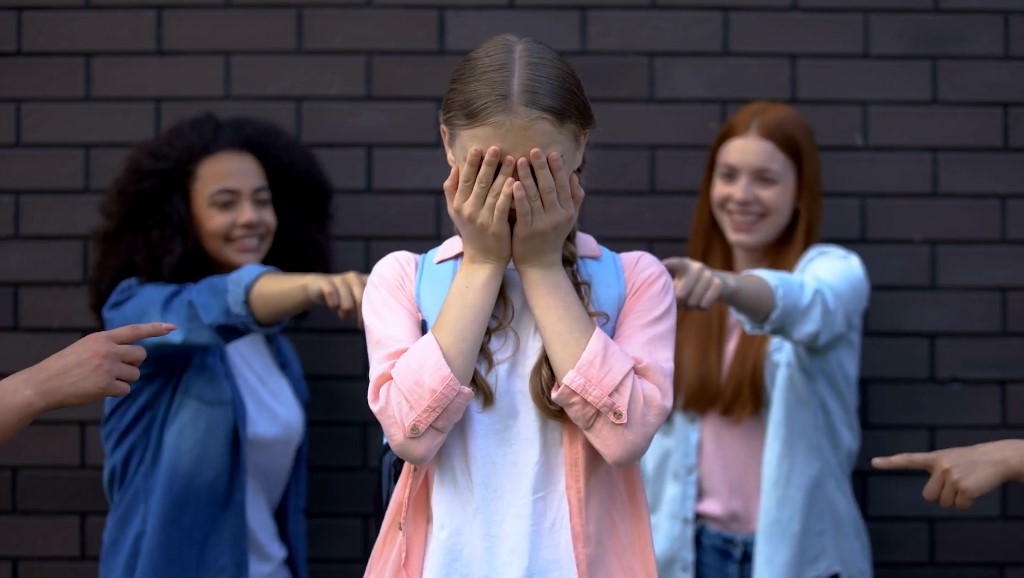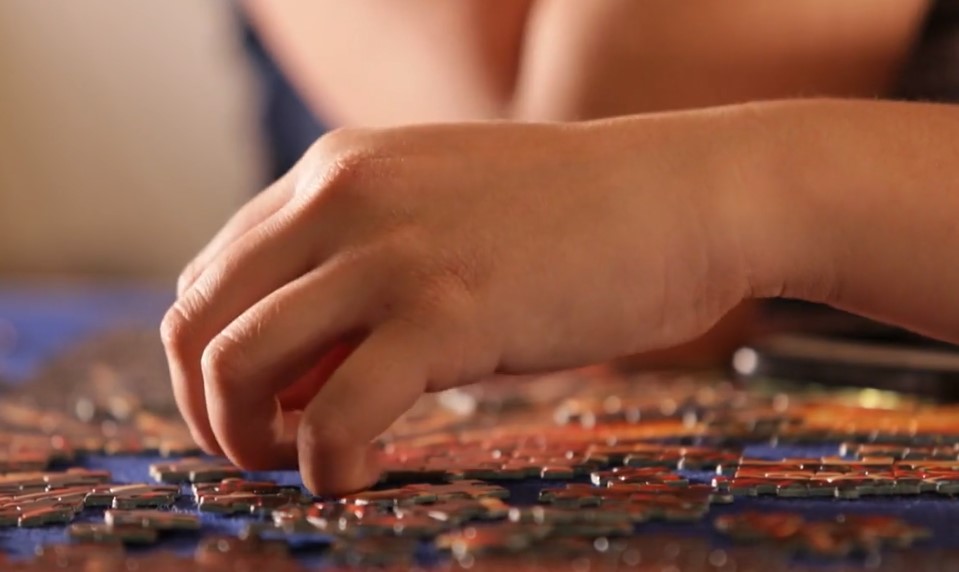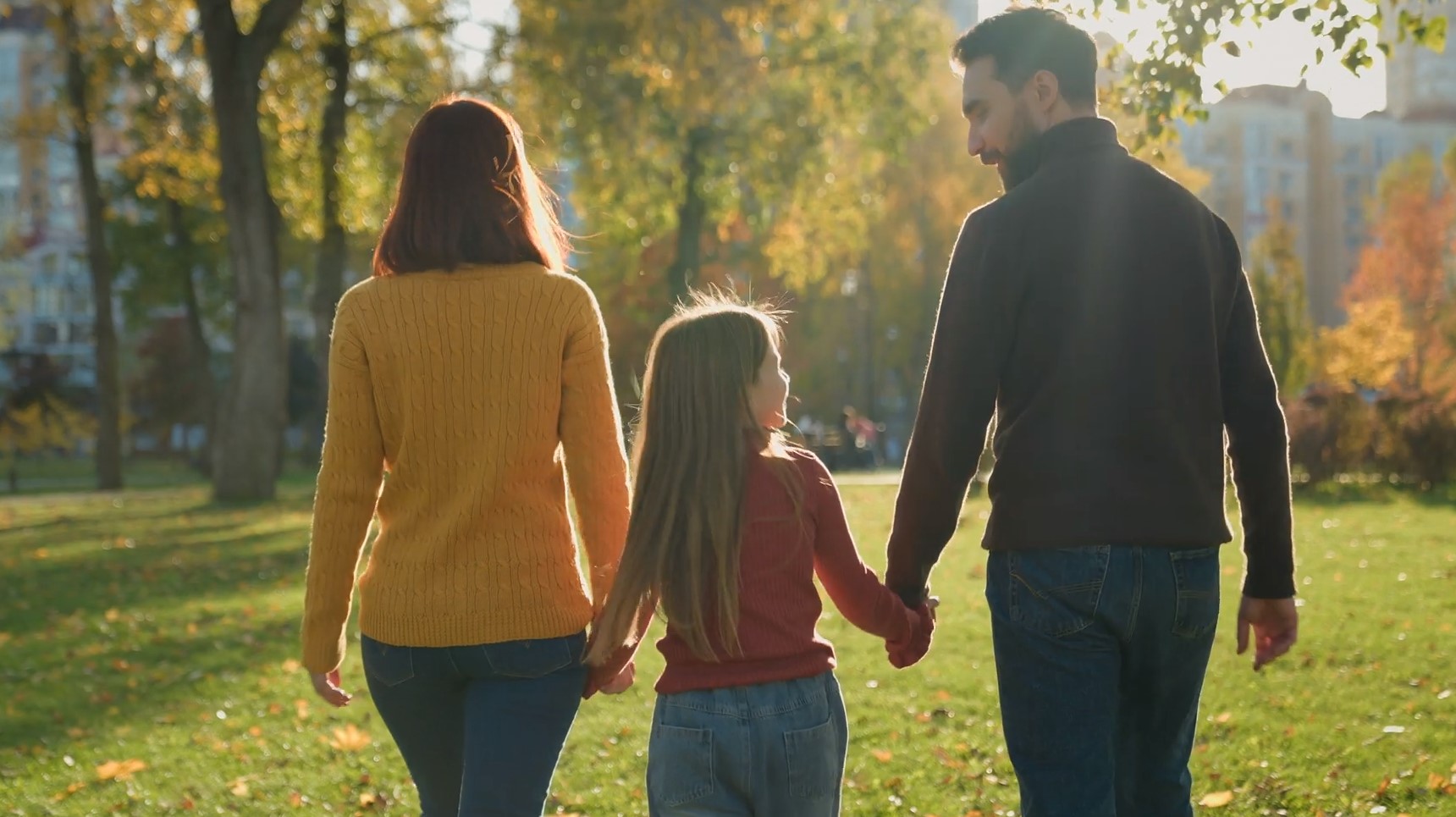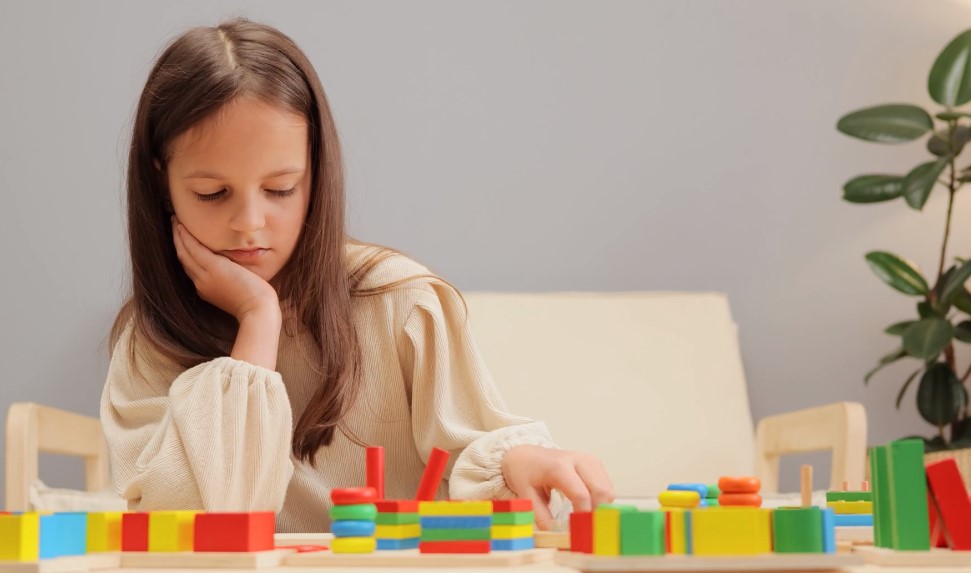As someone who has spent quite a bit of time around kids and teens, it’s clear that growing up isn’t always a smooth ride. Some days are sunshine and rainbows, while others are like trying to wrangle a tornado.
Behavioral disorders can make that ride even bumpier, affecting not just the kids, but everyone around them. So, let’s talk about some of the most common behavioral disorders in children and teens.
1. Attention Deficit Hyperactivity Disorder (ADHD)

ADHD is the poster child for behavioral disorders. It’s characterized by inattention, hyperactivity, and impulsiveness. Picture this: a kid who can’t sit still during class, who interrupts constantly, and who seems to have a thousand thoughts racing through their head.
It’s like their brain is always on overdrive. Managing ADHD often involves a combination of medication, therapy, and a structured environment.
2. Oppositional Defiant Disorder (ODD)
Ever dealt with a kid who seems to argue about everything? ODD is marked by a pattern of angry, irritable moods, argumentative behavior, and vindictiveness. Kids with ODD often clash with authority figures.
They refuse to follow the rules and can be incredibly stubborn. Therapy and consistent, positive discipline strategies can help manage this disorder.
3. Conduct Disorder

Conduct disorder is like ODD’s older, meaner sibling. Kids with this disorder exhibit aggressive behavior, deceitfulness, theft, and serious violations of rules.
They might bully others, destroy property, or even run away from home. This disorder requires intensive therapy and, sometimes, intervention from law enforcement or social services.
4. Anxiety Disorders
We all get anxious, but kids with anxiety disorders experience excessive fear, worry, or unease. It can manifest in various ways, from generalized anxiety to social anxiety or specific phobias.
Imagine a teen who dreads social situations to the point of feeling physically ill. Therapy, sometimes coupled with medication, can be very effective in treating anxiety disorders.
5. Depression

Depression in kids and teens can be easily overlooked as just moodiness. But when sadness, irritability, and a lack of interest in activities persist, it could be depression. This disorder can lead to significant problems in daily functioning and, in severe cases, thoughts of self-harm. Professional help is crucial, and treatment often involves therapy and medication.
6. Bipolar Disorder
Bipolar disorder is characterized by extreme mood swings, from manic highs to depressive lows. During manic episodes, a child might have an inflated self-esteem, decreased need for sleep, and be overly talkative.
The depressive episodes, on the other hand, bring about a lack of energy and feelings of worthlessness. Managing bipolar disorder typically requires a combination of medication and therapy.
7. Autism Spectrum Disorder (ASD)

ASD affects social interactions, communication, and behavior. Kids with ASD might have trouble understanding social cues, exhibit repetitive behaviors, and have intense interests in specific topics.
Early intervention and tailored therapies can make a significant difference in the lives of children with ASD.
8. Obsessive-Compulsive Disorder (OCD)
OCD involves unwanted, intrusive thoughts (obsessions) and repetitive behaviors or mental acts (compulsions) aimed at reducing anxiety.
For instance, a child might be obsessed with germs and wash their hands excessively. Therapy, particularly Cognitive Behavioral Therapy (CBT), and medication can help manage OCD.
9. Post-Traumatic Stress Disorder (PTSD)
PTSD can develop after a child experiences a traumatic event, such as abuse, a natural disaster, or the loss of a loved one. Symptoms include flashbacks, nightmares, and severe anxiety.
PTSD can significantly impact a child’s ability to function normally. Treatment typically involves therapy, sometimes combined with medication.
10. Eating Disorders
Eating disorders, such as anorexia nervosa and bulimia nervosa, involve severe disturbances in eating behavior and body image. These disorders can lead to serious health complications.
A teen with anorexia might starve themselves to an unhealthy weight, while one with bulimia might binge eat and then purge. Treatment often requires a multidisciplinary approach, including medical, nutritional, and psychological interventions.
What To Do If You Suspect a Behavioral Disorder
Recognizing the signs of a behavioral disorder in your child or teen is the first step. If you notice persistent patterns of problematic behavior, it’s important to seek professional help.
A pediatrician, psychologist, or psychiatrist can provide a proper diagnosis and treatment plan.
The Importance of Early Intervention
The sooner a disorder is identified and treated, the better the outcomes. Early intervention can prevent the disorder from escalating and help the child develop healthier coping mechanisms.
How Can Parents Help?

Parents play a crucial role in supporting their child through these challenges. Here are some tips:
- Stay Informed: Learn as much as you can about your child’s disorder.
- Be Patient: Progress can be slow, and setbacks are normal.
- Provide Structure: Consistent routines can help children feel more secure.
- Encourage Open Communication: Let your child express their feelings without fear of judgment.
- Seek Support: Don’t hesitate to reach out for help, whether it’s from professionals, support groups, or other parents in similar situations.
Final Thoughts
Dealing with behavioral disorders in children and teens can be incredibly challenging, but with the right support and treatment, kids can learn to manage their symptoms and thrive. Remember, you’re not alone in this journey.
There’s a whole community of parents, professionals, and resources ready to help. So take a deep breath, and take it one step at a time. Your kid’s well-being is worth the effort.

